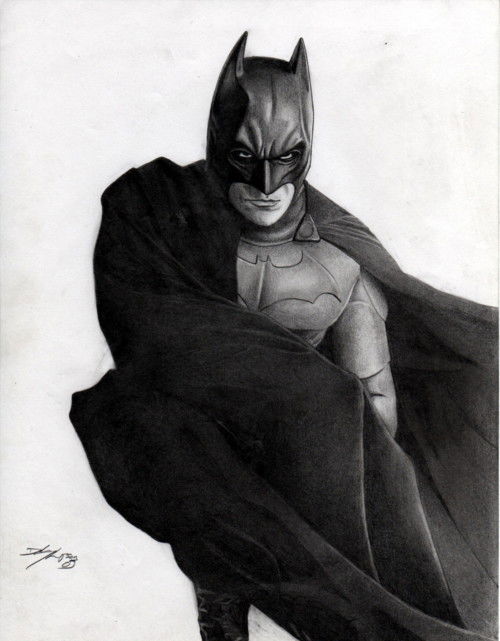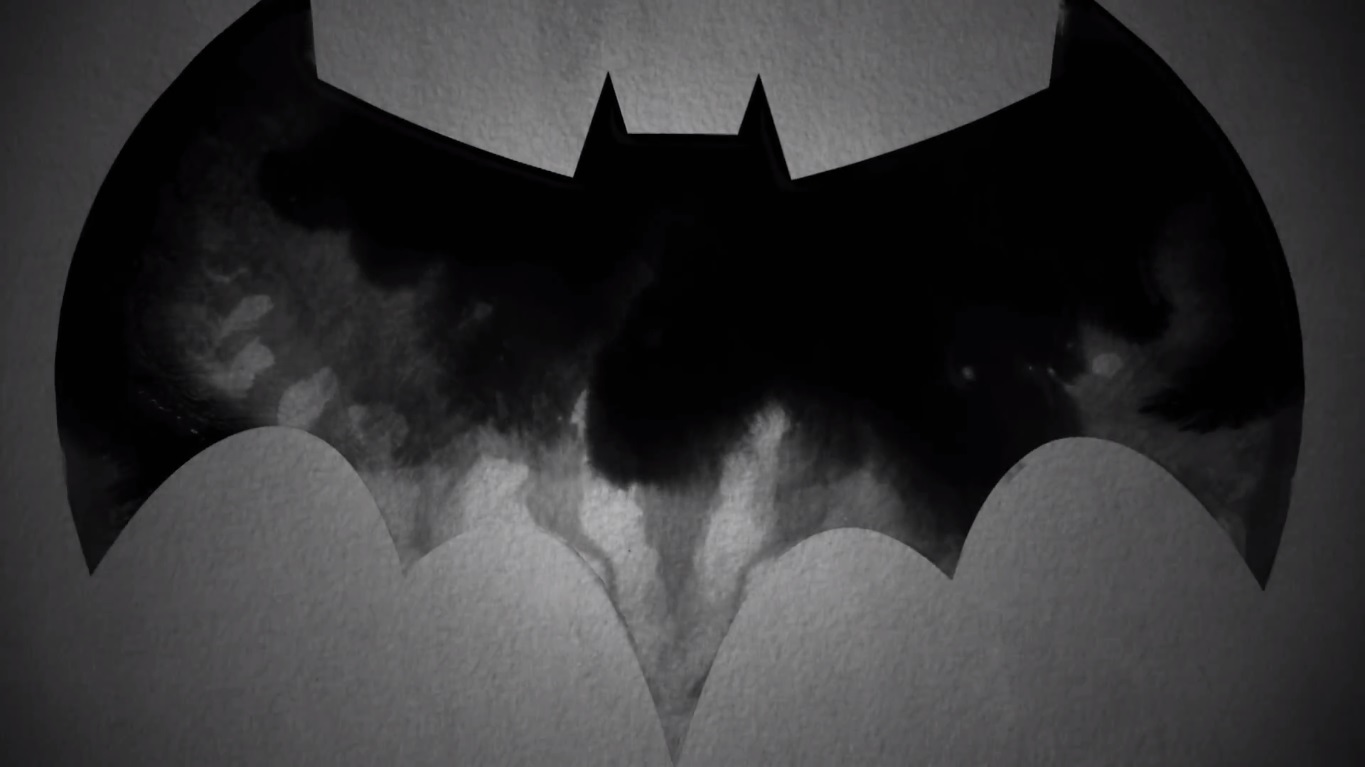

Moore’s most obvious trademark is to embed panels with various layers of juxtaposition, especially when transitioning from scene to scene.

For example, Watchmen is simultaneously a thought-provoking anti-superhero deconstruction AND an awesome superhero story, one that makes you care about a naked blue dude who sees through time and builds a palace on Mars. Some of his comics can be demanding, but unlike his most pretentious peers Moore actually rewards you for the effort. He has also written a handful of comics involving Batman.īy putting intelligent twists on familiar archetypes and plots, Alan Moore’s genius lies in elevating conventional formulas into sophisticated entertainment (or, alternatively, in taking challenging concepts and making them accessible). Watchmen alone would secure his place in the medium’s pantheon, but Moore is hardly a one-trick pony, having created masterpieces in genres as diverse as political dystopia ( V for Vendetta), superheroes/sci-fi ( Miracleman), horror ( Saga of the Swamp Thing), existentialist character study ( A Small Killing), historical crime ( From Hell), fantasy ( Promethea), metafictional adventure ( The League of Extraordinary Gentlemen), and erotica ( Lost Girls), as well as a mix of most of these in his phenomenal prose novel Voice of the Fire.

Burton and Sam Hamm received a copy of the Killing Joke script from DC before the artwork was completed. Tim Burton took Moore out to lunch, seeking advice prior to filming the 1989 film. Moore had a falling out with DC by this time and agreed to do it only as a favor to editor Len Wein. The idea of doing a Joker story with Alan Moore was Bolland's idea. Preston Payne goes to a department store to proclaim his love for the mannequin Helena and encounters Batman. Swamp Thing takes over Gotham with overgrowth until Abby Arcane is released from custody. Batman works For the Man Who Has Everythingġ985 Justice League story featuring Batman and Jason Todd assisting to thrawt Mongul in the Fortress of Solitude.


 0 kommentar(er)
0 kommentar(er)
